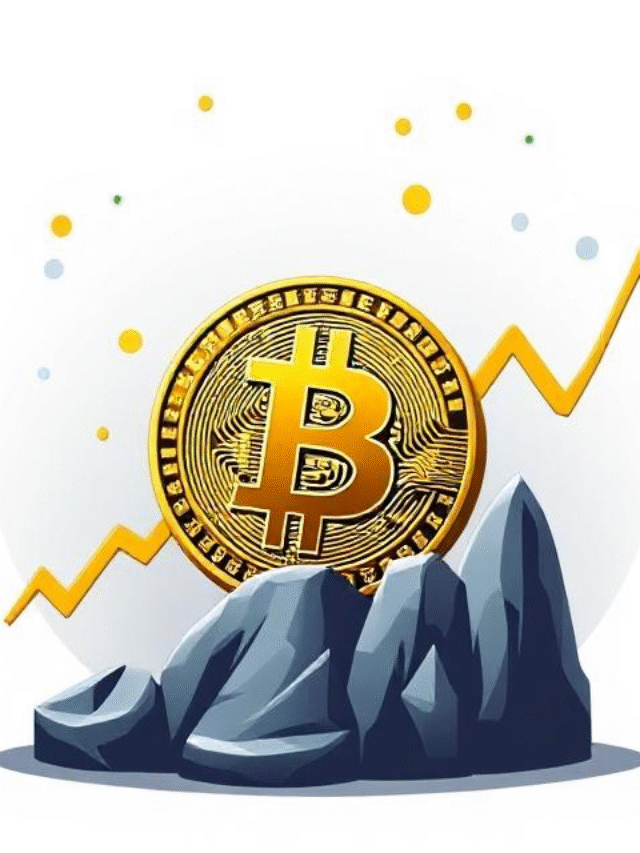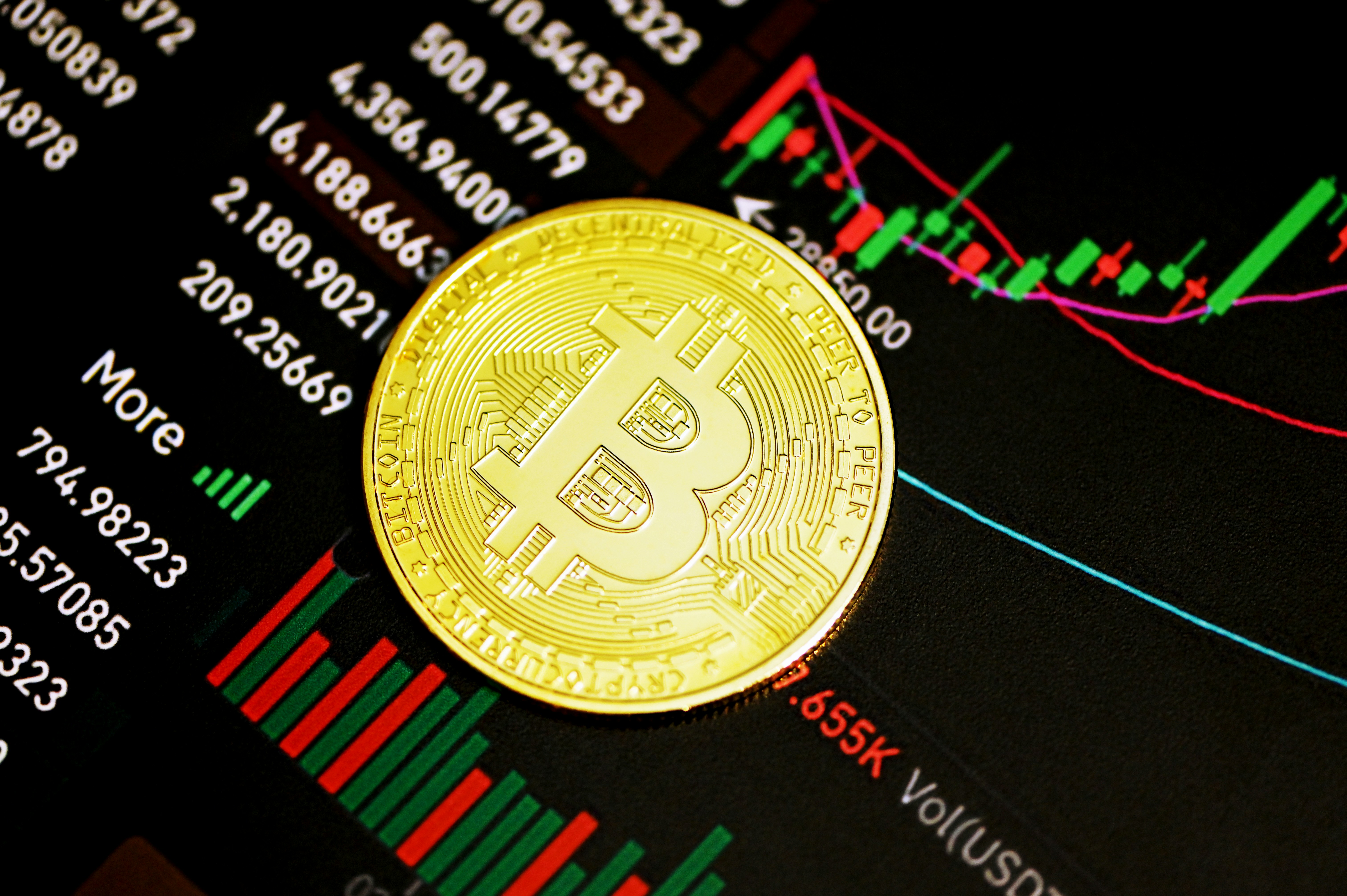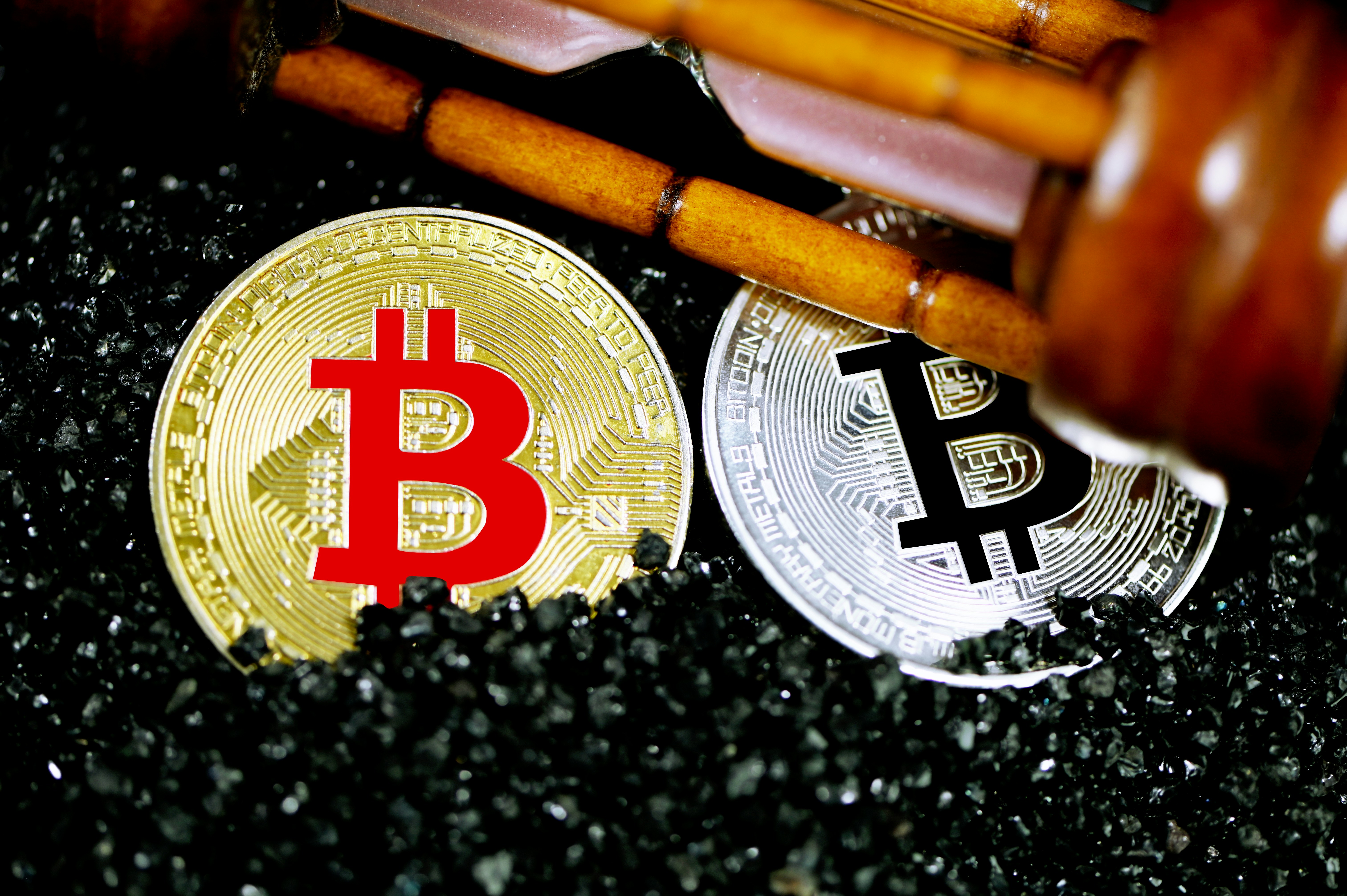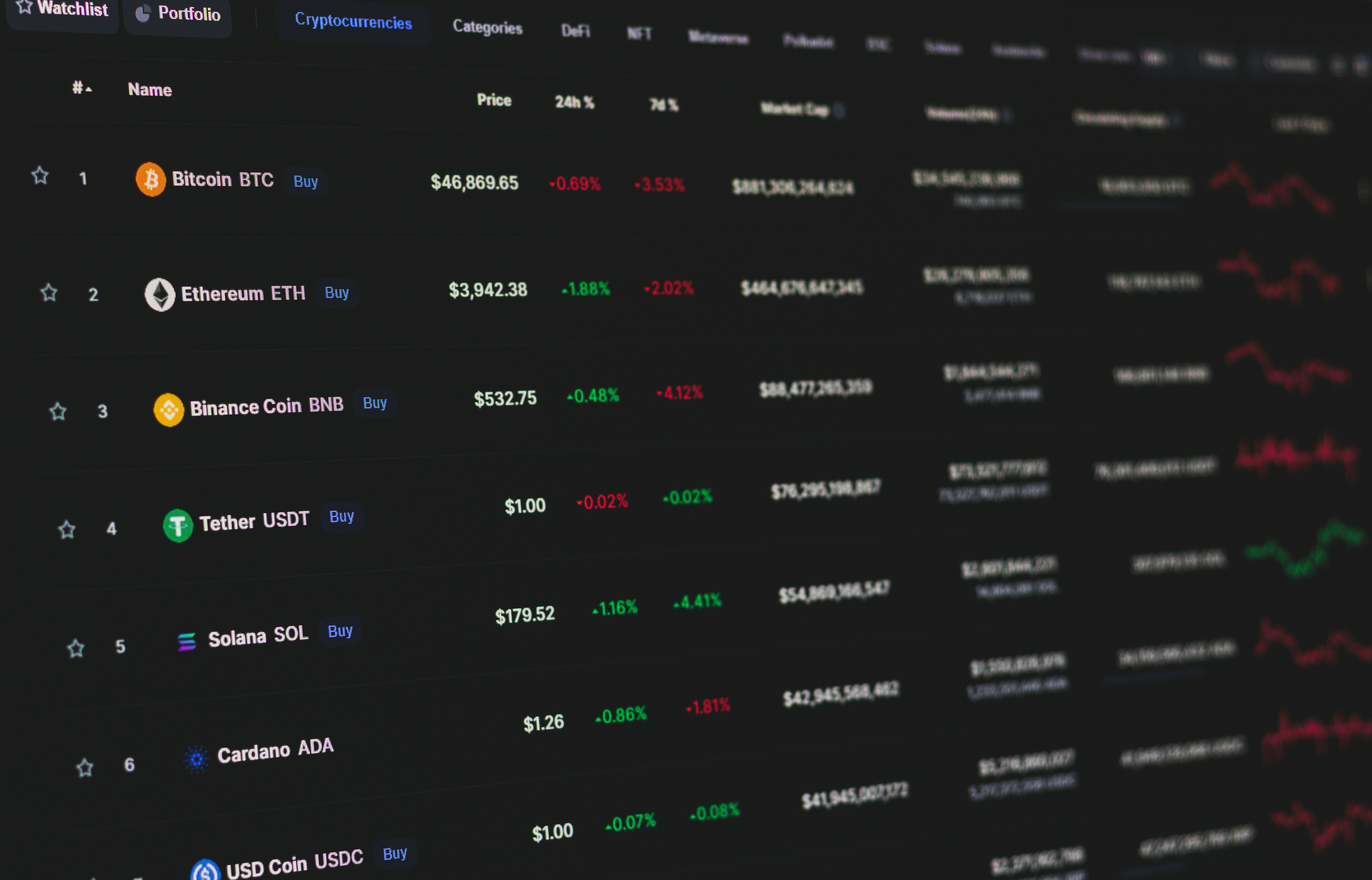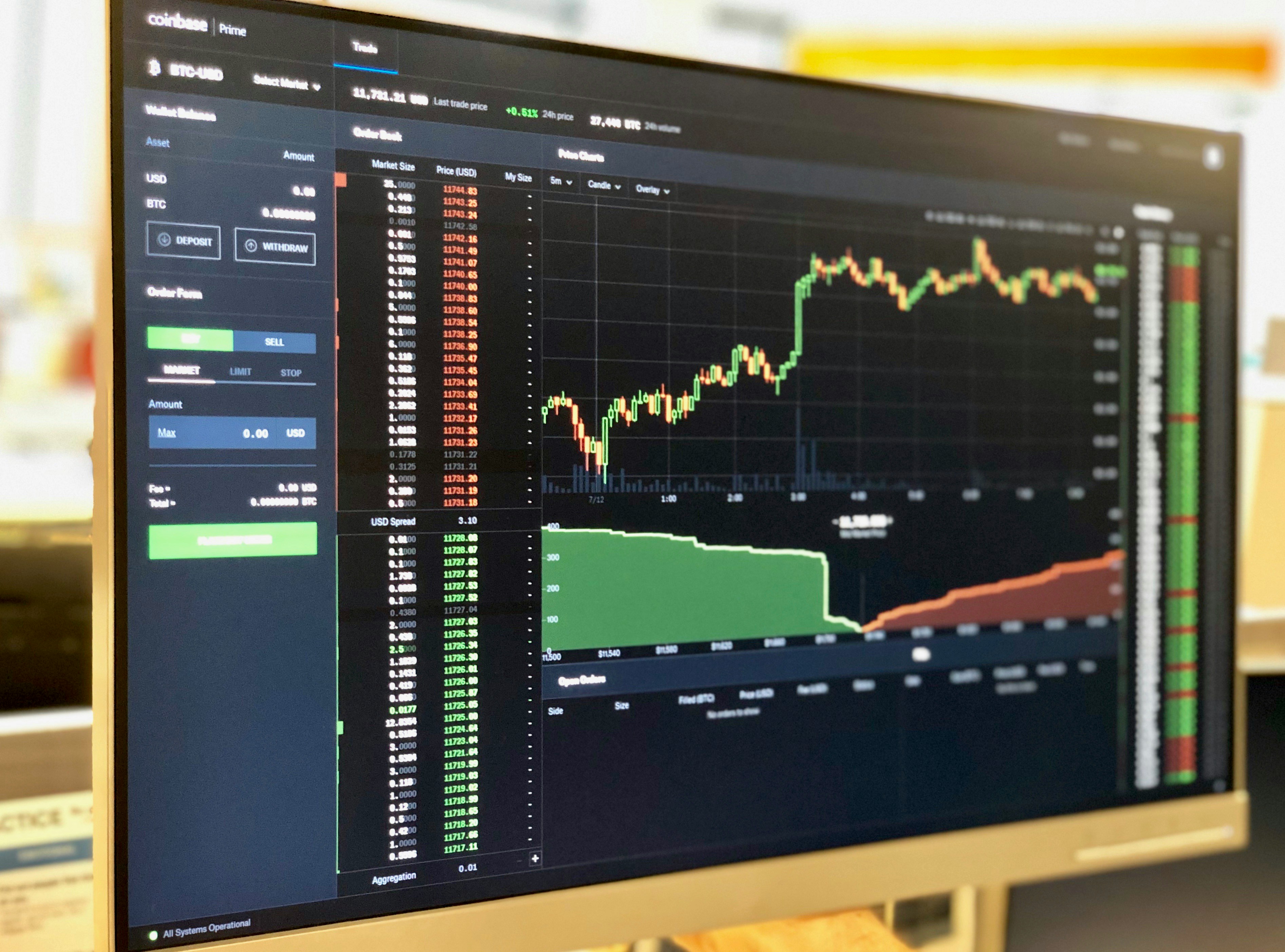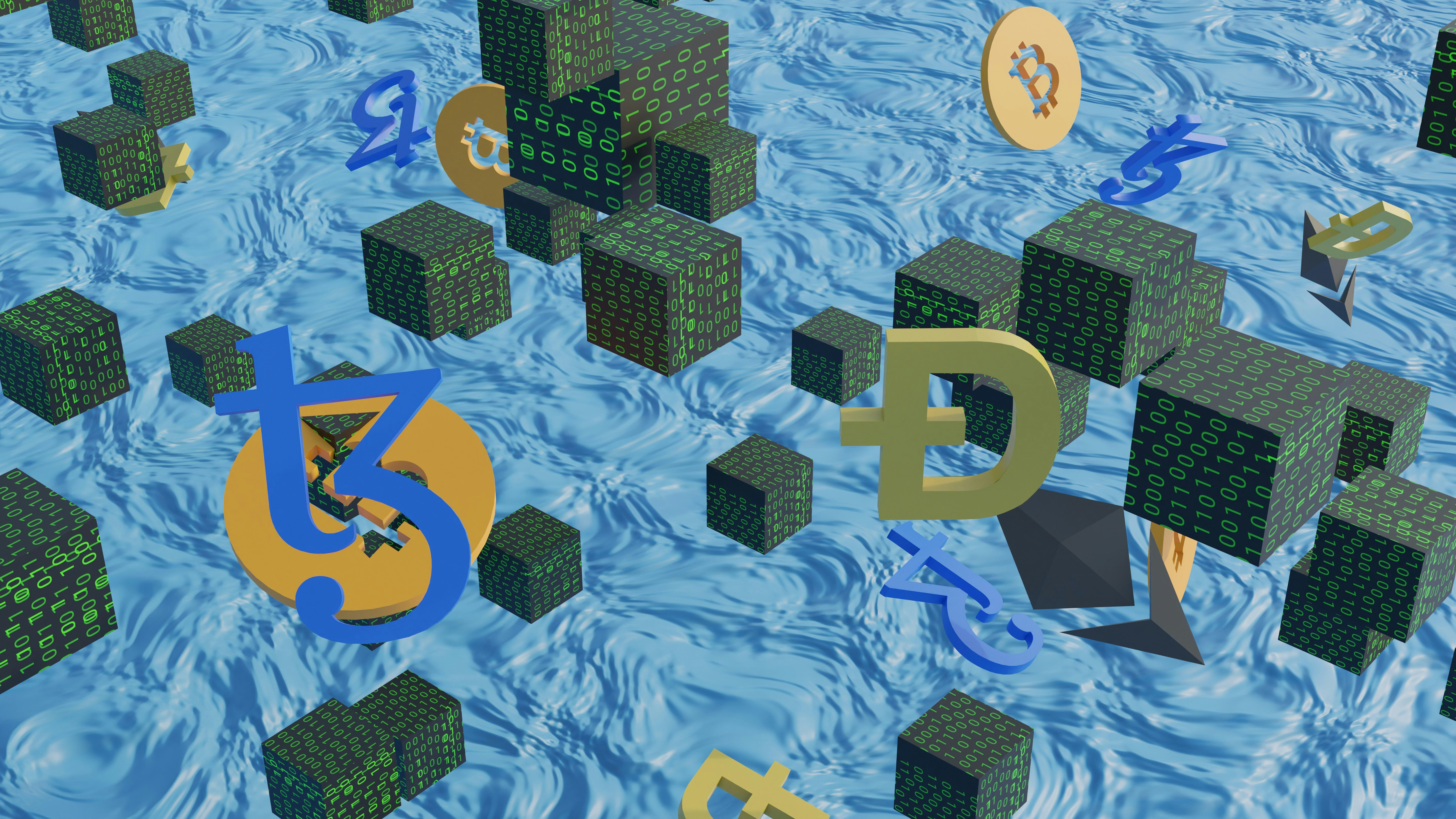
Introduction to Decentralized Finance (DeFi)
Decentralized Finance, commonly referred to as DeFi, represents a significant transformation in the financial landscape, shifting from traditional, centralized systems to a more open and accessible framework. At its core, DeFi seeks to recreate conventional financial instruments and services using blockchain technology, allowing users to conduct transactions without the need for intermediaries such as banks or financial institutions. This innovation enables users to lend, borrow, trade, and earn interest on their assets in a secure and peer-to-peer environment.
The evolution from traditional finance to decentralized finance has been accelerated by advancements in blockchain technology. Blockchain provides a transparent, immutable ledger that eliminates the need for trust in third parties, thus reducing costs and increasing efficiency. Smart contracts, which are self-executing contracts with the terms of the agreement written into code, are fundamental to DeFi’s operations. These smart contracts automatically facilitate and enforce agreements, allowing for the seamless execution of financial transactions.
The core principles of DeFi are rooted in accessibility, transparency, and programmability. Accessibility ensures that anyone with an internet connection can participate, regardless of their geographical location or socioeconomic status. Transparency is achieved through open-source protocols that allow users to verify transactions and contracts independently. Programmability enables developers to create innovative financial applications, leading to a continuous evolution of services available within the DeFi ecosystem.
As the DeFi movement continues to gain traction, it poses both opportunities and challenges for participants. While it democratizes finance and promotes financial inclusivity, it also raises questions regarding regulatory compliance, security, and risk management. This emerging paradigm fundamentally changes how individuals and businesses think about and interact with finance, setting the stage for comprehensive exploration of its mechanisms and implications in subsequent sections.
Key Components of DeFi
Decentralized finance (DeFi) represents a groundbreaking shift in the way financial systems operate, relying mainly on three key components: smart contracts, decentralized applications (dApps), and liquidity pools. Understanding these components is essential to comprehend how DeFi platforms function and deliver financial services without the need for intermediaries.
Smart contracts are self-executing contracts with terms directly written into code. They run on blockchain networks and facilitate, verify, or enforce the negotiation and performance of a contract automatically. For instance, the Ethereum blockchain hosts numerous smart contracts that serve as the backbone for various DeFi applications. These contracts eliminate the need for middlemen, reducing costs and increasing the efficiency of transactions. By leveraging smart contracts, DeFi projects can ensure transparency and security, as all terms are publicly available on the blockchain.
Decentralized applications, or dApps, are applications that operate on a peer-to-peer network, utilizing blockchain technology to provide functionalities similar to traditional applications but with heightened security and transparency. Popular DeFi dApps, such as Uniswap and Aave, allow users to trade tokens or lend/borrow assets directly with one another. The decentralized nature of these applications means that they are not controlled by a single entity, fostering a sense of community and collective ownership among users.
Finally, liquidity pools are essential to the functioning of DeFi platforms, as they enable users to deposit assets in exchange for rewards or yields. Unlike traditional financial systems that rely on centralized markets, liquidity pools facilitate trading directly between users while maintaining ample assets for transactions. Projects like Balancer and Curve Finance exemplify how liquidity pools can be utilized to enhance trading efficiency and reduce slippage, providing seamless experiences for users within the DeFi ecosystem.
In conclusion, the synergy between smart contracts, dApps, and liquidity pools forms the crux of decentralized finance, enabling transparent, efficient, and user-centric financial services.
Benefits of Decentralized Finance
Decentralized finance, commonly referred to as DeFi, offers numerous advantages over traditional financial systems that have historically been centralized and often exclusive. One of the primary benefits of DeFi is accessibility. Unlike conventional banking systems that may require specific documentation or geographical presence, DeFi platforms are accessible to anyone with an internet connection. This levels the playing field for individuals in underbanked regions, empowering them to participate in economic activities previously unavailable to them.
Transparency is another noteworthy feature of decentralized finance. In DeFi, transactions are recorded on public blockchains, enabling users to verify and audit transactions independently. This inherent transparency minimizes the trust that users need to place in intermediaries, as all parties can see the data, further reinforcing accountability. In contrast, traditional financial systems often operate opaquely, with limited visibility into processes and fees associated with transactions.
Cost efficiency is a significant factor when evaluating the advantages of DeFi. Lower operational costs associated with the absence of intermediaries lead to reduced fees for users. For instance, in DeFi lending, borrowers might pay lower interest rates compared to traditional banks due to automated protocols that eliminate the need for a physical banking infrastructure. Additionally, the potential for higher returns, especially through yield farming and liquidity provision, attracts many investors looking for better opportunities beyond the conventional savings accounts offered by banks.
Real-world use cases illustrate these benefits clearly: individuals can quickly borrow, lend, or trade assets globally without intermediaries, fostering a more inclusive financial ecosystem. Ultimately, decentralized finance is not just a theoretical concept; it has burgeoning applications that showcase its capacity to disrupt and enhance financial services worldwide, making it a significant evolution in the way we understand financial interaction.
Risks and Challenges in DeFi
Decentralized Finance (DeFi) has emerged as a transformative force in the financial landscape, offering numerous benefits such as enhanced accessibility and efficiency. However, it is not without its risks and challenges. One of the primary concerns is smart contract vulnerabilities. Smart contracts are self-executing contracts with the terms of the agreement directly written into code. While this technology enables trustless transactions, flaws in the code can lead to significant financial losses. For example, the infamous DAO hack in 2016 exploited vulnerabilities in smart contracts, resulting in the theft of millions worth of Ether. Such incidents emphasize the importance of thorough audits and ongoing vigilance in contract deployment.
Another layer of complexity arises from regulatory issues. The decentralized nature of DeFi poses challenges for traditional regulatory frameworks, as many jurisdictions struggle to classify and govern these platforms effectively. This regulatory uncertainty can lead to sudden changes in policy, which could impact users and projects alike. For instance, in 2021, China announced a crackdown on cryptocurrency-related activities, leading to market upheaval that affected various DeFi protocols. As regulations continue to evolve, participants in the DeFi space must stay informed and prepared to adapt to new legal landscapes.
Market volatility further compounds these risks. The value of assets in DeFi can fluctuate dramatically within short periods, posing significant risks to investors and liquidity providers. This volatility has been evidenced by the sharp price swings experienced by various cryptocurrencies, often driven by market sentiment, technological advancements, or even speculative trading. In such a dynamic environment, understanding and implementing effective risk management strategies becomes crucial for all participants.
In conclusion, while DeFi presents groundbreaking possibilities for financial innovation, it is essential for users and developers alike to be cognizant of the inherent risks and challenges. By fostering a robust risk management culture and staying abreast of market and regulatory developments, stakeholders can better navigate the complexities of decentralized finance.
How to Get Started with DeFi
Decentralized finance (DeFi) has emerged as a transformative force in the financial sector, providing numerous advantages to those seeking an alternative to traditional banking. For individuals interested in getting started with DeFi, it is essential to follow a structured approach that makes the process accessible and user-friendly.
The first step in navigating the DeFi landscape is setting up a digital wallet. This wallet will enable users to hold and manage cryptocurrencies that are commonly used in DeFi transactions. Popular options include MetaMask, Trust Wallet, and Coinbase Wallet. Each wallet has a unique setup process, but generally, users will need to create an account and secure their private keys. It is crucial to store these keys in a safe place, as they grant access to the wallet’s assets.
After establishing a digital wallet, the next step is to acquire cryptocurrency. This can often be achieved by purchasing tokens such as Ethereum (ETH) through centralized exchanges (CEX) like Coinbase or Binance. Once the tokens are obtained, they can be transferred to your digital wallet. With the wallet funded, users can now explore various DeFi platforms that suit their financial objectives, be it lending, borrowing, or yield farming.
Interacting with DeFi platforms requires some familiarity with smart contracts and blockchain technology. Users can begin by visiting decentralized exchanges (DEXs) like Uniswap or SushiSwap to understand how token swaps function. Swapping tokens involves trading one cryptocurrency for another directly on the blockchain, circumventing the need for a middleman. Understanding concepts such as liquidity pools and market making will further enhance one’s ability to navigate the DeFi space effectively.
Ultimately, the journey into decentralized finance can seem complex at first, but with the right tools and knowledge, individuals can make empowered decisions in this innovative financial ecosystem. Engaging with the community and utilizing resources will also facilitate a smoother experience in understanding and participating in what is DeFi.
The Role of Tokens in DeFi
Decentralized Finance, or DeFi, has garnered significant attention for its innovative approach to altering traditional financial systems. At the core of this ecosystem are various types of tokens, each serving a distinct purpose that facilitates operations within DeFi platforms. Understanding these tokens and their functions is essential to grasp what is DeFi and its growing influence.
One of the most crucial types of tokens in the DeFi space is governance tokens. These tokens empower holders with voting rights, allowing them to participate in protocol governance and decision-making processes. For instance, holders of tokens like Uniswap (UNI) and Compound (COMP) can propose or vote on changes concerning the respective platforms, enabling a more democratic framework for governance in DeFi.
Another significant class of tokens found in DeFi is stablecoins. Unlike traditional cryptocurrencies, stablecoins are pegged to a stable asset, such as a fiat currency (e.g., US Dollar). They aim to reduce volatility, making them ideal for lending, borrowing, and trading in the DeFi space. Prominent examples of stablecoins include Tether (USDT) and USD Coin (USDC). Their stability allows users to conduct transactions and invest without the fear of price fluctuations inherent in other cryptocurrencies.
Utility tokens also play a vital role in DeFi applications. These tokens grant users access to specific features or services within a platform. For example, Binance Coin (BNB) can be used to pay for trading fees on the Binance exchange, while Aave’s AAVE allows users to participate in liquidity mining and staking. Such tokens add intrinsic value to platforms, enhancing user engagement and broadening the utility of the respective services.
As the DeFi landscape continues to evolve, the function and significance of these tokens are likely to expand, first shaping and then reshaping our understanding of finance itself.
DeFi vs. Traditional Finance: A Comparison
Decentralized Finance (DeFi) has emerged as a groundbreaking sector within the financial ecosystem, differing significantly from traditional finance methods. One of the most prominent distinctions lies in user experience. In traditional finance, transactions often involve intermediaries such as banks or brokers, leading to delays and potential increased costs. Conversely, DeFi operates on blockchain technology, facilitating peer-to-peer transactions that are generally faster and more cost-efficient. Users benefit from immediate access to services without the need for an intermediary, radically altering the financial experience.
Another critical difference rests in the regulatory frameworks. Traditional finance is heavily regulated; institutions must comply with a myriad of laws to protect consumers and maintain market integrity. DeFi, however, operates in a more decentralized manner, often escaping traditional regulatory oversight due to its global reach and the anonymity often associated with blockchain technology. This lack of regulation offers numerous advantages, such as greater accessibility to financial services for unbanked populations. However, it also creates risks, such as the potential for fraud or loss, which users must navigate independently.
Market dynamics also illustrate the contrast between these two systems. In traditional finance, monetary policies set by central banks can influence market behaviors and liquidity. In comparison, DeFi operates on supply and demand principles intrinsic to its decentralized protocols. This autonomy can lead to more innovative financial products, like yield farming and liquidity pools, which may not be available within the constraints of traditional banking systems.
The implications of these differences are profound, signaling a transformative shift in how financial services are perceived and delivered. As the DeFi ecosystem continues to evolve, its impact on traditional finance will need careful analysis to understand how both can coexist and complement each other in the future.
Future Trends in DeFi
The decentralized finance (DeFi) landscape is poised for significant evolution as technology and user adoption continue to mature. Innovations in blockchain technology, artificial intelligence, and machine learning are rapidly transforming the DeFi ecosystem, creating new opportunities and applications that could redefine traditional financial systems. A notable trend is the increasing integration of layer-two solutions, which enhance transaction speeds and reduce costs associated with decentralized applications (dApps). These solutions address current limitations in scalability and efficiency, paving the way for broader user engagement.
Additionally, DeFi is likely to benefit from the advent of more sophisticated financial instruments. Concepts such as decentralized autonomous organizations (DAOs) are gaining traction, allowing for community-driven governance and new investment structures. This evolution is likely to further democratize finance, encouraging participation from diverse user demographics. Moreover, the introduction of innovative yield farming strategies and synthetic assets could attract institutional investors, diversifying the ecosystem further and enhancing liquidity.
Another key development is the increasing focus on regulatory compliance within the decentralized finance space. As governments begin to establish clearer frameworks for digital assets, DeFi projects that integrate compliance measures may gain a competitive advantage. This regulatory clarity could foster trust among users and institutional players alike, thereby promoting sustained growth in the market.
Furthermore, as DeFi gains mainstream interest, interoperability among various blockchain networks is becoming paramount. Cross-chain solutions that facilitate seamless asset transfers across different platforms can significantly enhance user experience and usability. This integration will encourage wider adoption and participation in DeFi protocols.
In conclusion, while the future of decentralized finance remains unpredictable, ongoing technological advancements and emerging trends indicate a robust trajectory for the DeFi ecosystem. By embracing innovation and prioritizing compliance, the sector could witness unprecedented growth and transformation in the years to come.
Conclusion: The Impact of DeFi on Finance
The advent of decentralized finance (DeFi) marks a significant evolution within the financial sector, enabling a transformative approach to how individuals and institutions engage with capital and services. Throughout this blog, we have explored the fundamental aspects of what DeFi is, highlighting its reliance on blockchain technology to facilitate peer-to-peer transactions without intermediaries. This model enhances transparency, reduces costs, and increases accessibility for users across the globe.
Key components of DeFi include decentralized exchanges, lending platforms, and stablecoins, each serving a unique purpose in creating a comprehensive financial ecosystem. Unlike traditional financial systems, which can be hampered by bureaucracy and regional limitations, DeFi has the potential to democratize access to financial services, making them available to underserved populations. This accessibility opens up new opportunities for individuals and small businesses to participate in global markets.
<pfurthermore, a="" ability="" additional="" agreement="" an="" and="" assets="" by="" code—adds="" contracts="" contracts—self-executing="" count="" defi="" directly="" disputes.<pas about="" advantages="" also="" an="" and="" arise.="" but="" challenges="" changing="" conclusion,="" continues="" could="" decentralized="" decisions,="" defi="" developments="" empower="" engaging="" essential="" evolve,="" finance="" finance.
